What Socks to Wesr When Showing Ankle
This article is all about different types of socks and sock lengths, including when to wear each type and recommended brands.
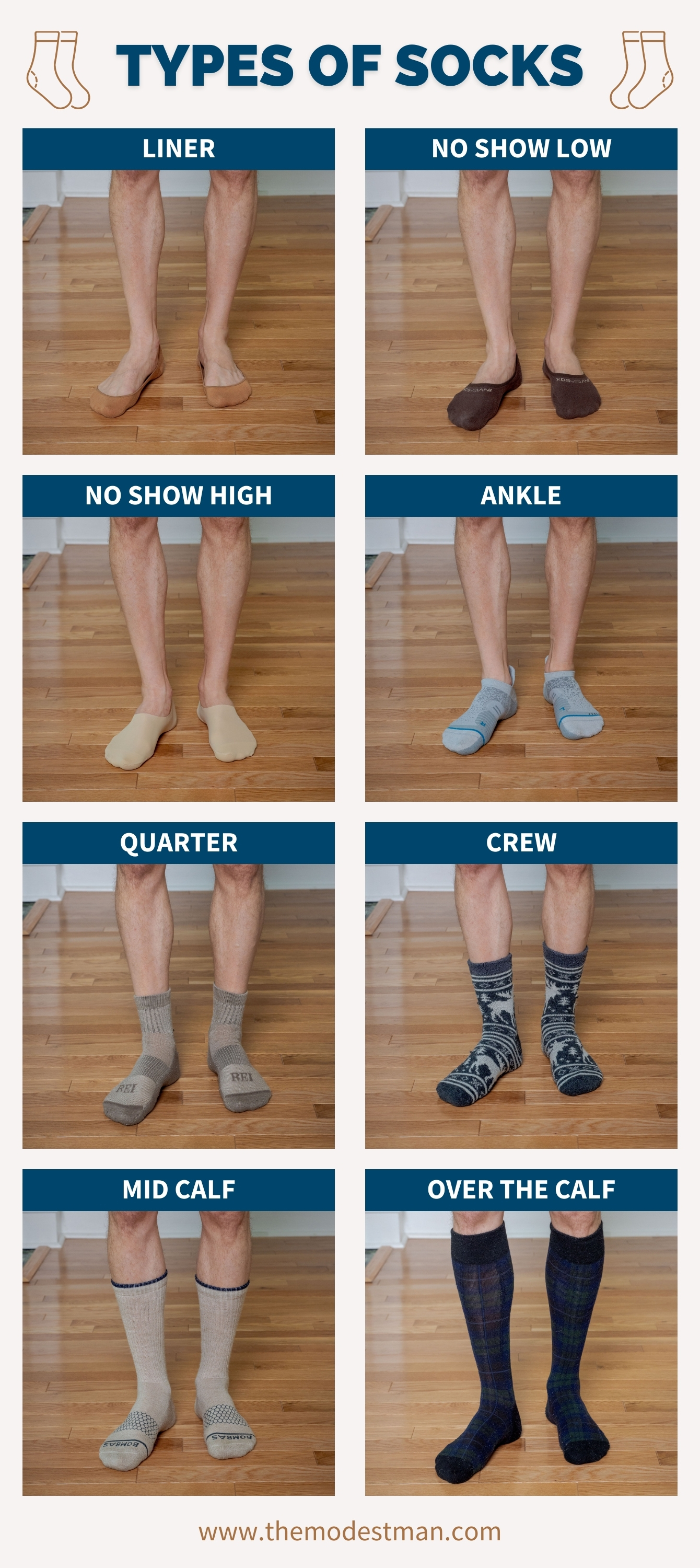
Crew socks. Over the calf. No show socks. Ankle length socks. Cotton, wool, synthetic, silk. Light cushion, heavy cushion, no cushion…
There are many, many different types of socks to choose from. How do you know which socks to buy? How can be sure that you're wearing the right socks with different types of shoes and pants?
What's the best sock length for you?
These are the kind of questions that make me to lose sleep at night, and then write the most comprehensive, in-depth article on the Internet about sock types.

If you also have questions about socks, you're in the right place.
This guide will teach you how to choose the perfect socks for any situation. Whether you're a jet setting business bro or a broke college student with a budding interest in the goth ninja aesthetic (#streetwear), I've got you covered.
But we can't talk about types of socks without talking about sock length. In fact, these two concepts are almost synonymous…
Sock Lengths Explained
A lot of people conflate sock type and sock length, which is confusing because length ≠ type.
Type is more about material and purpose. Is it a cotton crew sock? A wool dress sock? A casual sock? An ankle length hiking sock?
The length of a sock is just one important aspect to consider, but there's more to socks than just their height.
Annnd I'm just realizing why I love socks so much. There's more to ME than just my height, too, you know? I'm complex and interesting and YOU SHOULD HAVE GIVEN ME A CHANCE, KAREN!?
Sorry, I…don't know what got into me. Where were we? Right, sock length…
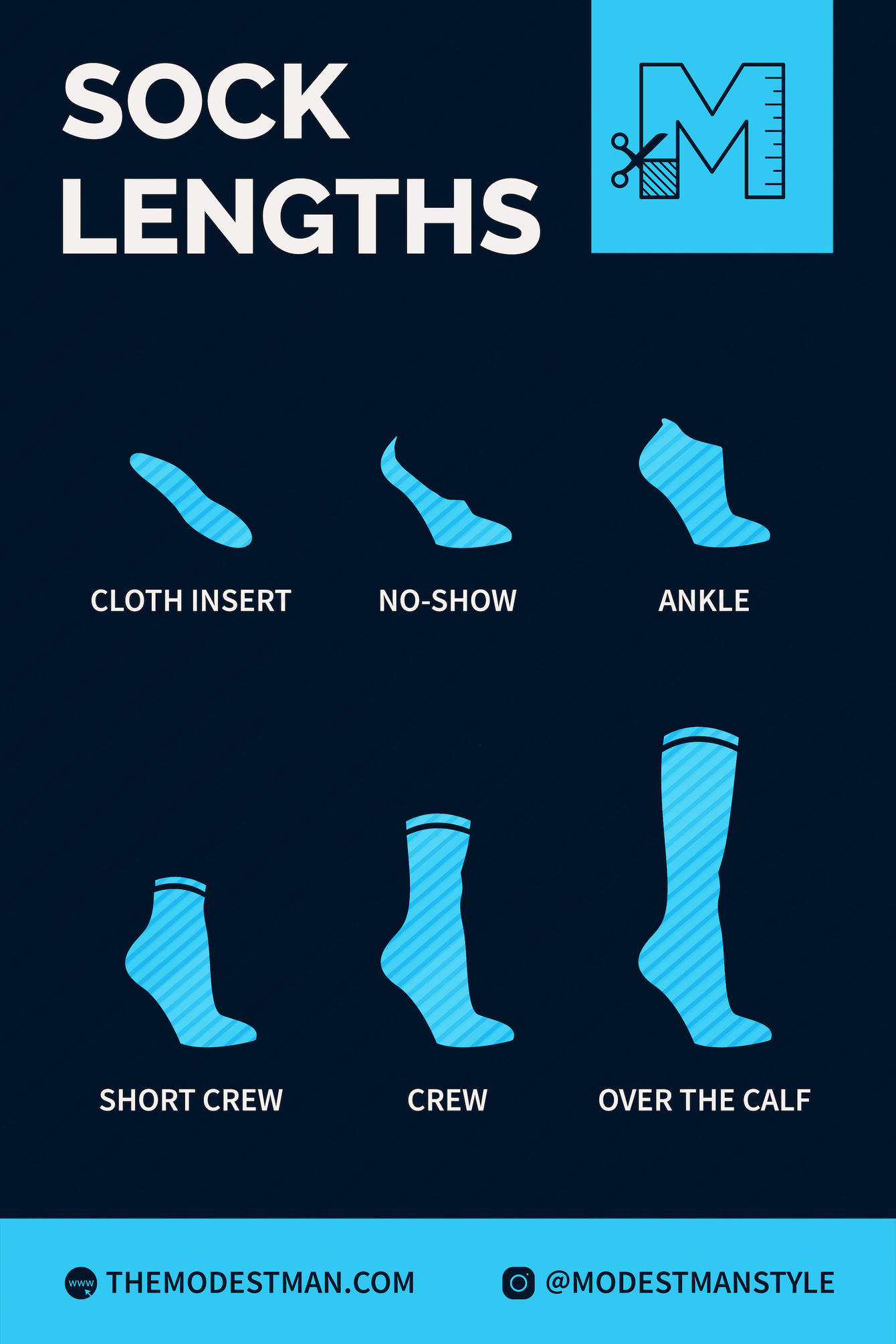
Even though there's more to socks than their height length, it is very important, so it's what we'll focus on right now.
There's no standard naming convention for sock lengths, so you'll see different terms used to describe the same thing.
During my research, I couldn't help but think that people are overcomplicating this. So let's keep it simple.
Here are all the different sock lengths in order from shortest to tallest:
#1: Cloth Insoles
These aren't technically "socks" per-say, but they do create a barrier between your foot and your shoe, so I'm including them here.
When I say "cloth insoles" I'm not talking about comfort insoles like those squishy blue Dr. Scholl's inserts you get at Walgreens.
I'm talking about soft cloth inserts that act as soft, moisture absorbing layers between your skin and your shoe's insole.
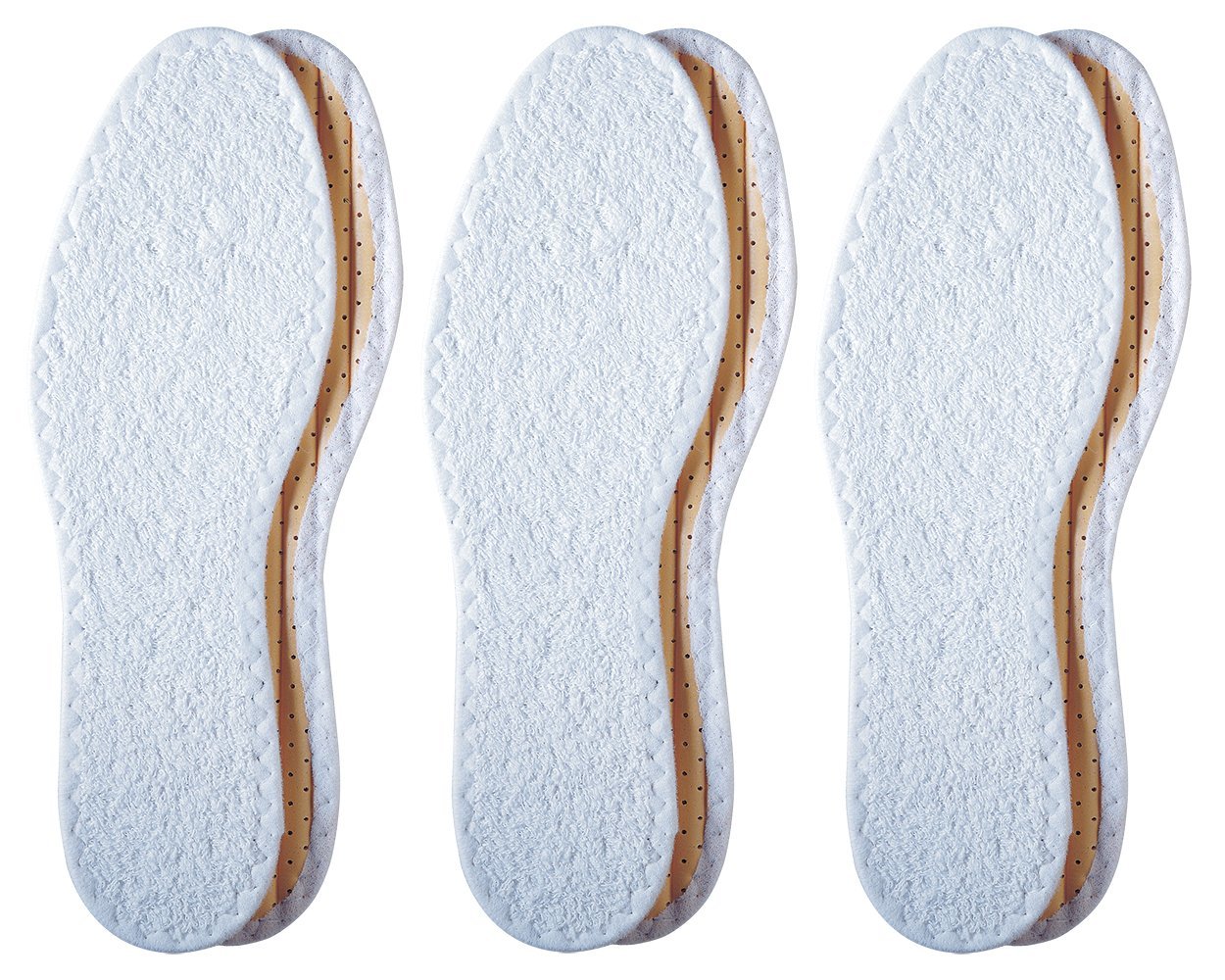
These are like socks in that they're made from natural fibers (or natural-synthetic blends) and need to be washed between wears.
For what it's worth, I've found no show socks to be more practical, as these inserts tend to slip around or bunch up as I walk.
But this will vary depending on the shape of your feet, and some people swear by cloth insoles.
#2: Loafer Liners
Another option is the loafer liner, which is like an ultra low cut no show sock.
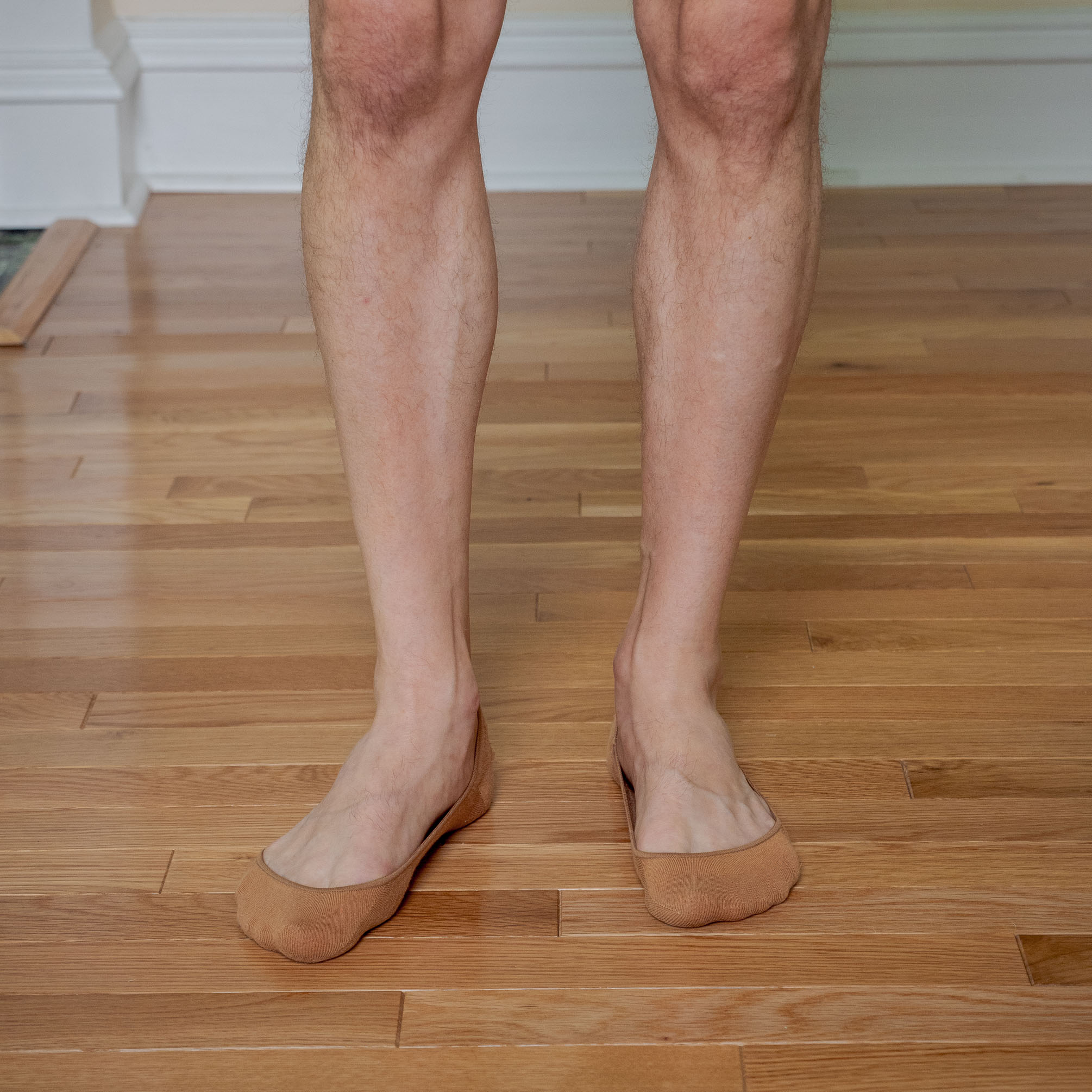
These are meant to be worn with low cut shoes like driving mocs, boat shoes and loafers.
If you really hate how some "invisible" socks are actually visible above your shoes' collars, you'll love liner socks.
The downside to these is that they may slip off of your feet more than higher cut no show socks (for that reason, be sure to only buy the best).
#3: No Show Socks
These are also called loafer socks or low profile socks, but most people refer to them as no show socks.
Unlike crew socks and over the calf socks, no show socks are designed to be invisible. They're meant to be worn with low top shoes like
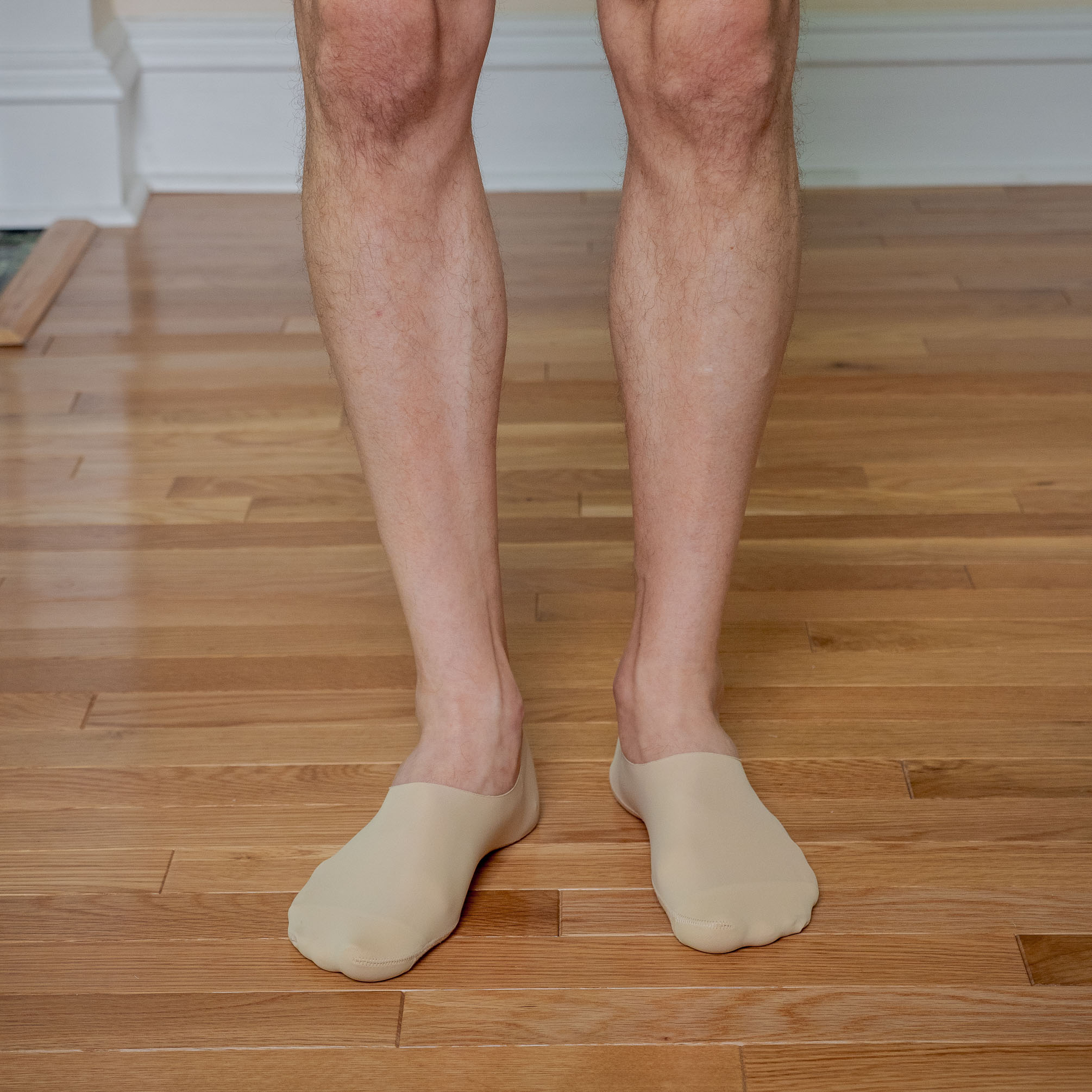
No show socks are perfect for summertime, especially if you like wearing shorts. They're also great to wear with cropped or cuffed trousers and chinos during the warmer months.
Granted, the "ankle cleavage" look isn't for everyone. Some guys hate this look and think it's just a trend. But I really like showing some ankle by rocking the "sockless" look, especially with low top
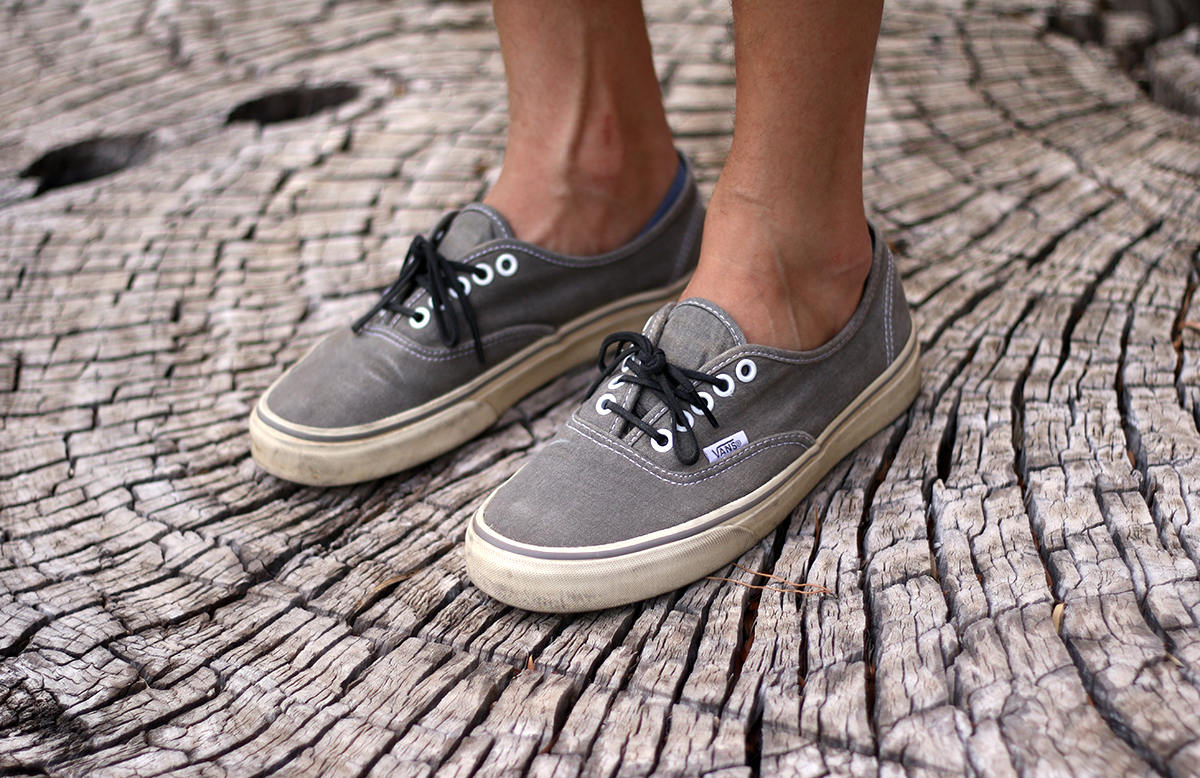
I think this is a timeless look that's not going anywhere anytime soon, and it feels fantastic to let your ankles breathe during those sweltering summer months.
That said, I don't think the sockless look works with formal outfits, unless you're at a casual summer event.
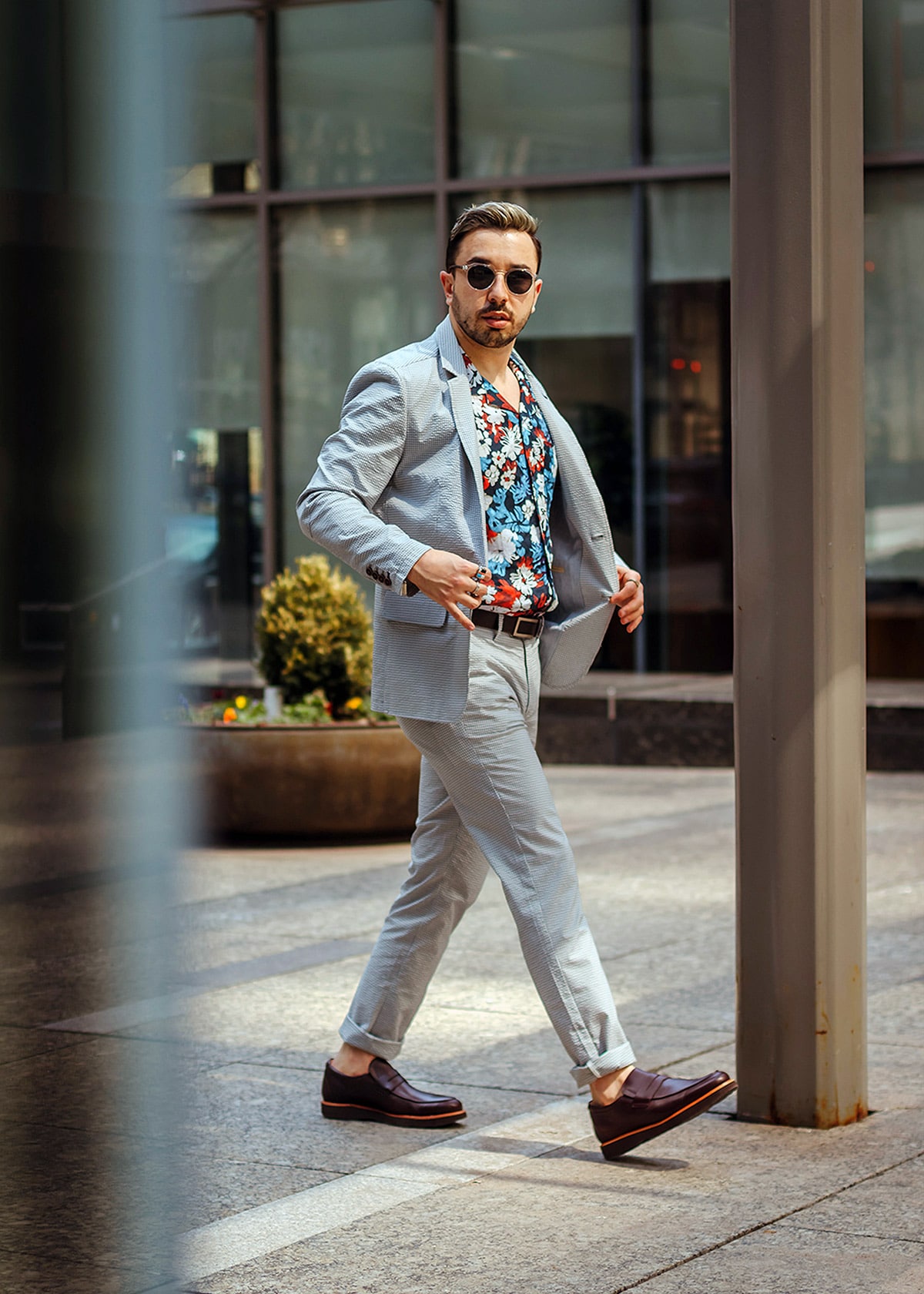
For example, if you're wearing a navy suit with double monks, over the calf socks are the obvious choice. No show socks look a bit off (in my opinion).
But if you're wearing a tan linen suit with brown suede loafers to a summer wedding, by all means, opt for no show socks.
#4: Ankle Socks
Ankle socks are longer than no show socks but shorter than crew socks. They end right at, you guessed it, your ankles, and they're not meant to be invisible.
It's my opinion that ankle socks should be reserved for utilitarian purposes like running, hiking or playing sports.
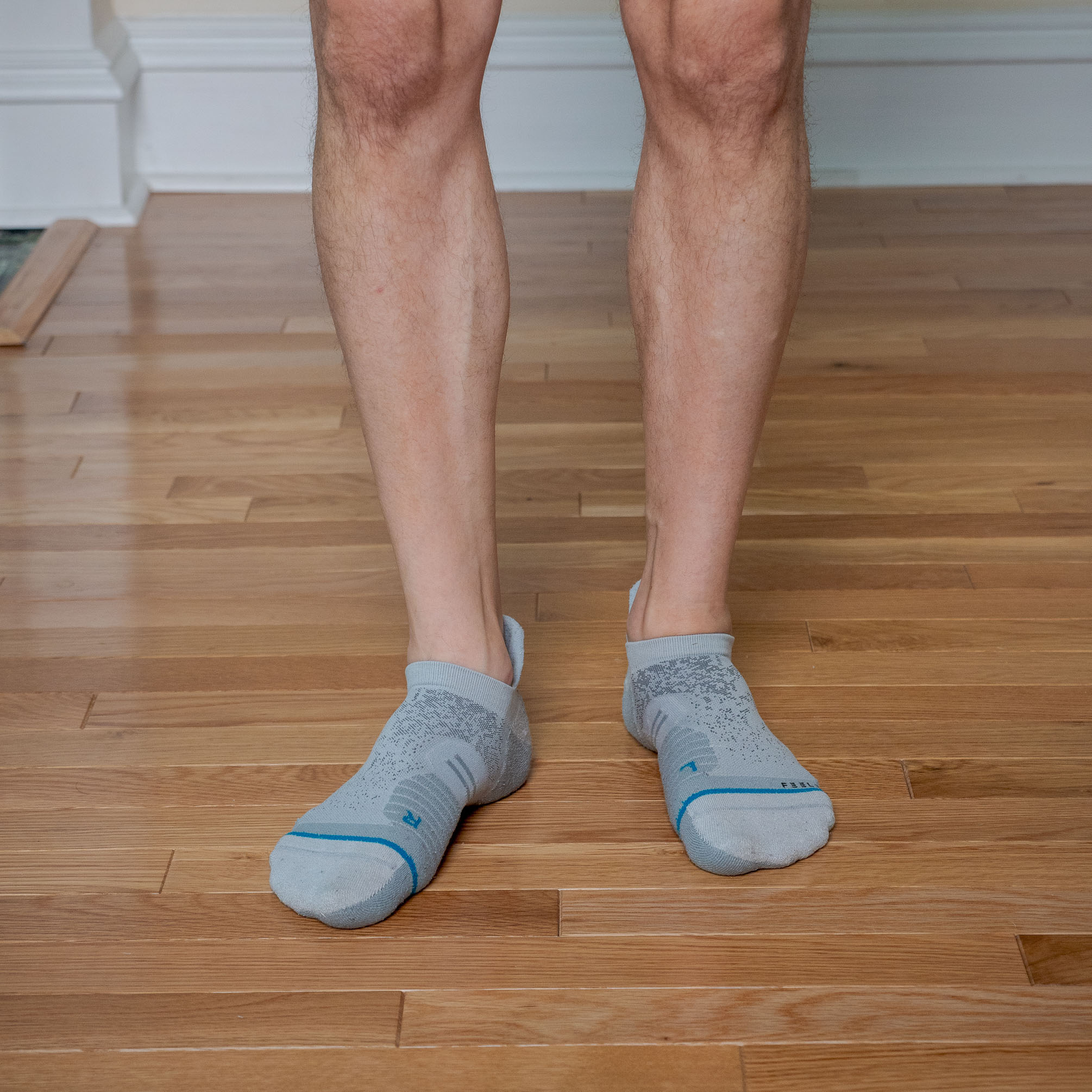
For example, I wear Stance ankle length running socks whenever I go for a jog. These are the perfect height for running shoes or really any kind of work out sneaker.
But in any other situation, these wouldn't make sense. I can't think of a non-active scenario in which a different type of sock wouldn't be a better choice.
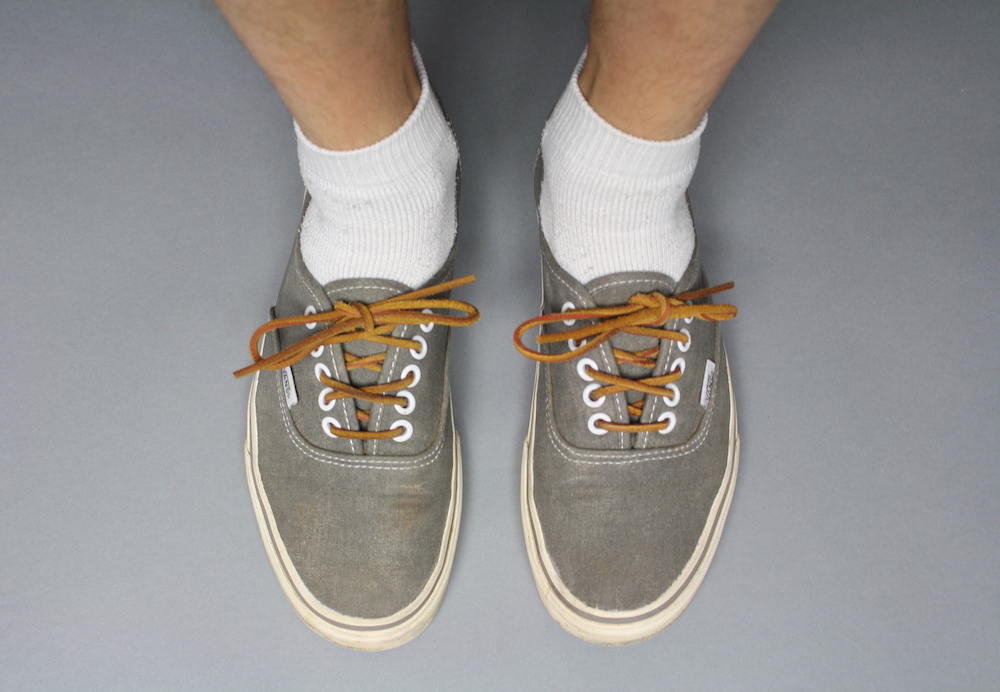
My advice? If you're wearing ankle socks with shorts, try no show socks instead.
If you're wearing them with pants, the length isn't as important, but I'd still opt for invisible socks or taller socks (crew length or over the calf).
#5: Short Crew / Quarter Length Socks
These are also called micro crew socks or mini crew socks. I've even seen them called quarter crew socks, as some brands sell crew socks in various lengths.
The point is, these are longer than ankle socks but shorter than standard crew socks.
This means they're about 6″ tall and end above the ankle and below mid calf.
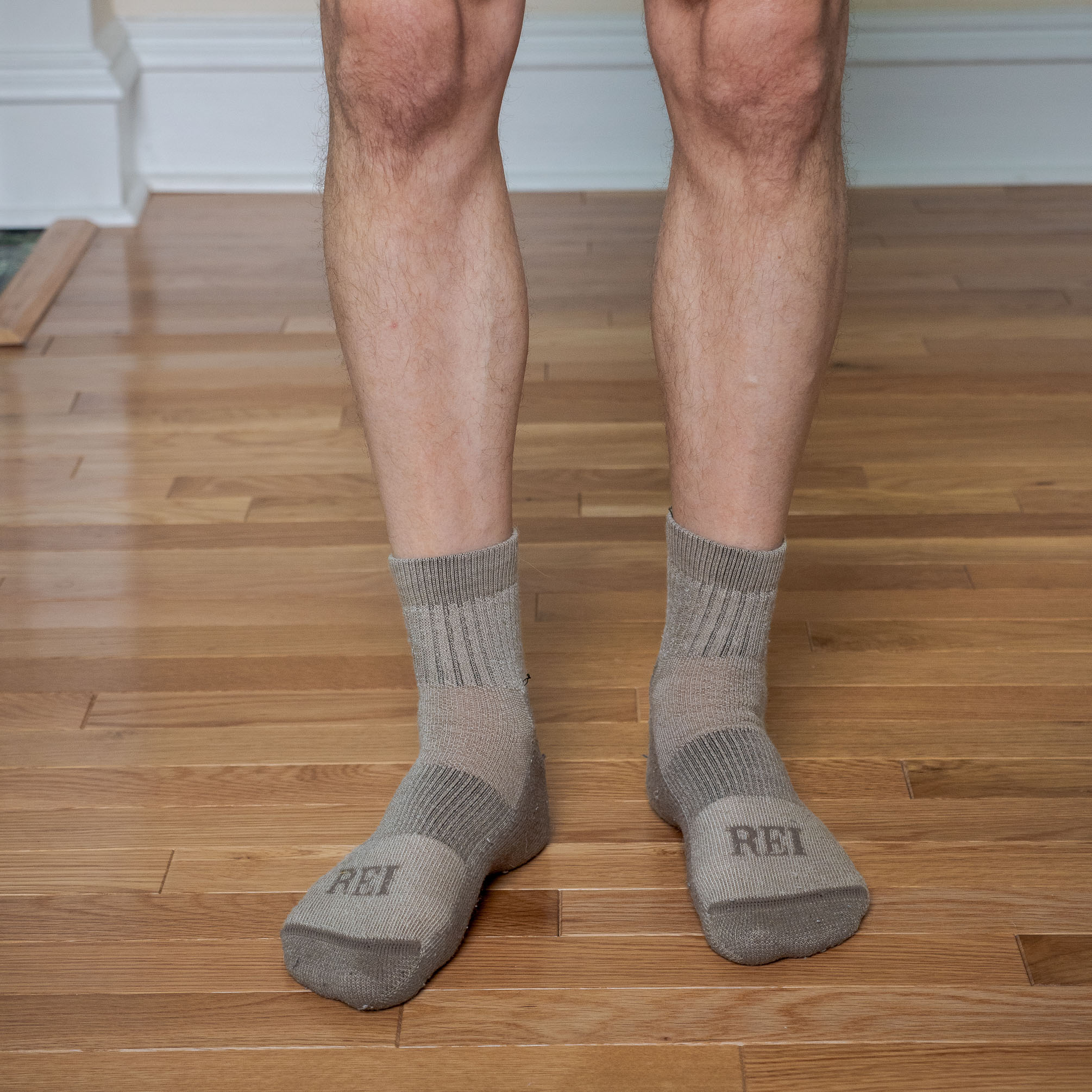
These can be great when you're wearing mid or high top shoes, and you want to prevent chafing around your ankles.
For example, I wear quarter length wool socks when hiking, even in the summer time. This has the added benefit of protecting your ankles from sharp plants and bug bites.
Quarter length socks can be worn with pants too, and they're a nice alternative to crew length or over the calf socks when it's hot out.
But if you like to wear your pants with no break (the "cropped" look), quarter length socks might not provide enough coverage when you sit down and your pants ride up your legs.
For me, quarter length socks are like ankle socks. They're functional but not necessarily stylish (in most situations).
#6: Crew Length Socks
These are probably the most popular socks in most guys' drawers and most department stores' underwear section.
Crew socks go up past your ankles and hit right around mid-to-upper calf. They're longer than loafer socks or ankle socks, but they don't go up to your knees like over the calf socks.
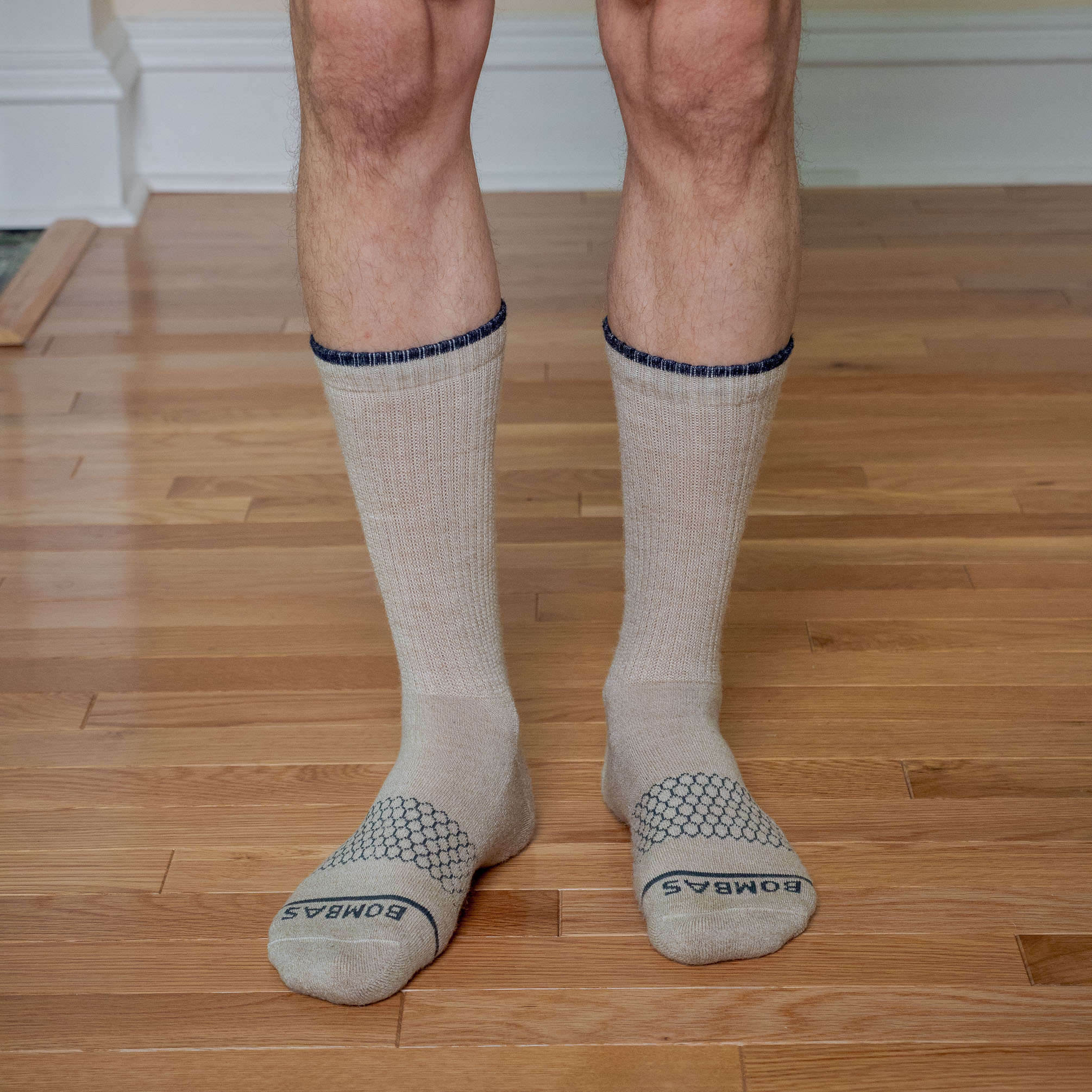
Most crew length socks are made from 100% cotton, although cotton-polyester blends and other synthetic materials are increasing popular, and you can find crew socks made from wool or even silk.
Materials like extra fine wool and silk are reserved for dressier socks, and crew length socks aren't usually very dressy (compared to taller socks).
But thick wool crew socks are a great choice for wearing with boots during fall and winter.
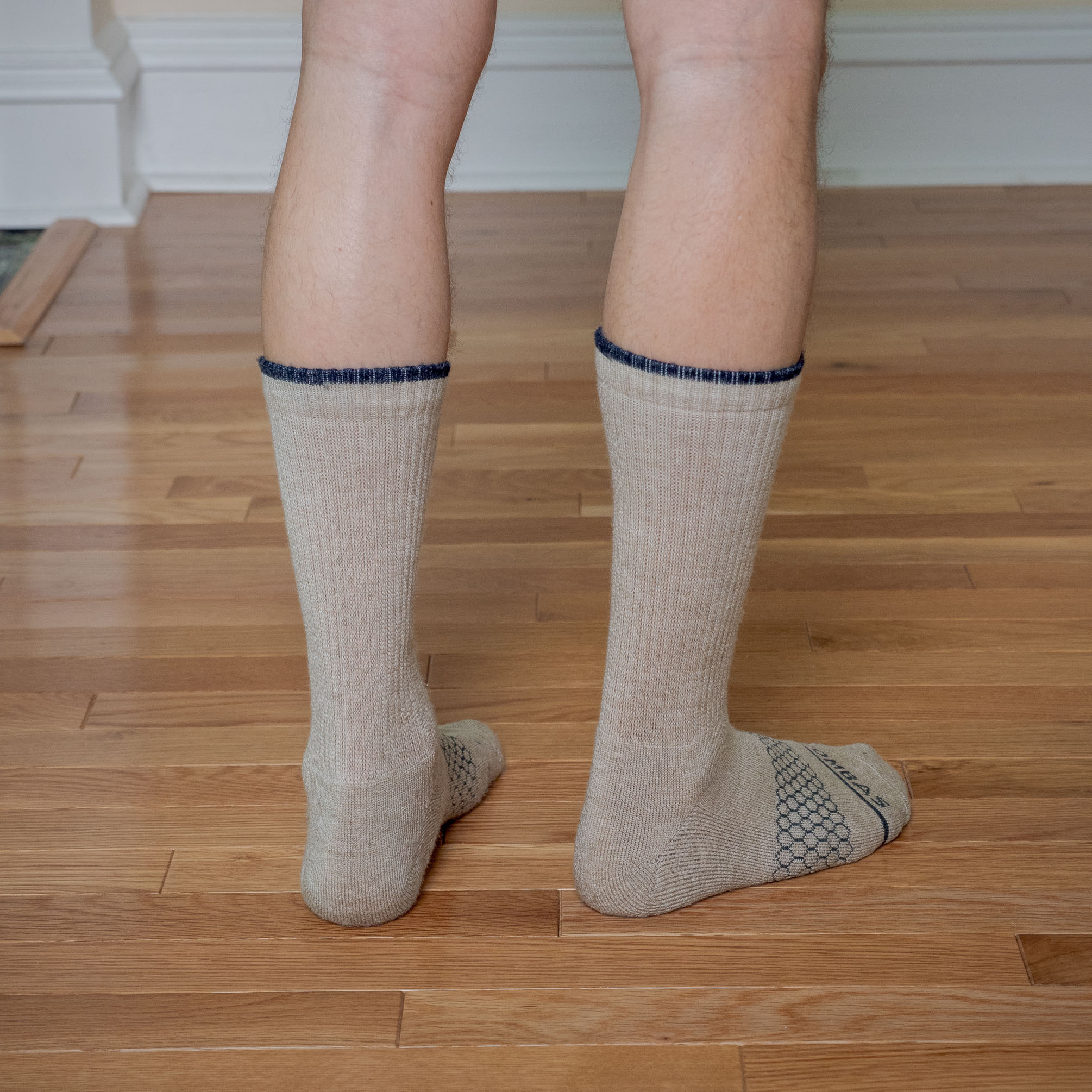
If you have an "average" sized foot (between 8-12 in U.S. men's shoes), a one-size-fits-all crew sock will work just fine.
If your feet are larger or smaller than average, I recommend looking for crew socks that come in different sizes.
For example, I wear a size 7 (U.S. men's) in most shoes, so I usually look for crew socks that come in smaller sizes.
If your socks are too big, they'll fall down your calf throughout the day, which gets really annoying.
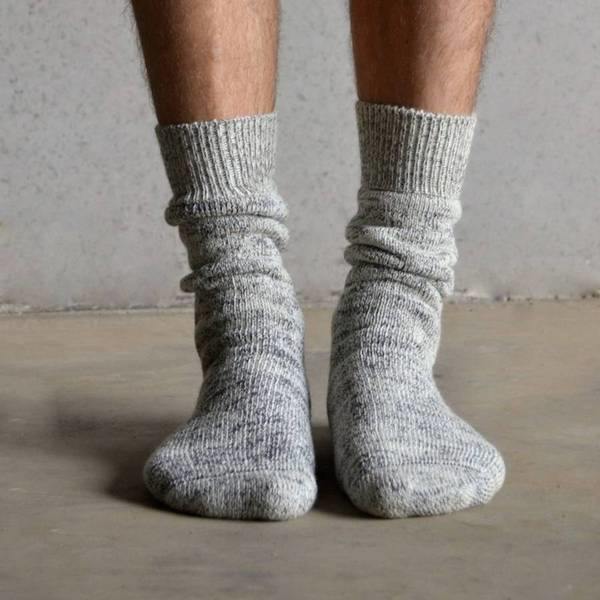
If they're too small, they may restrict circulation. So, when in doubt, look for socks that fit your feet, rather than settling for one-size-fits-all.
#7: Over the Calf Socks
Over the calf socks (OTC) are typically seen as "dressier" than crew length socks, so they're often made from higher end fabrics like wool or silk (or some sort of blend).
Of course, there are plenty of cotton and synthetic over the calf socks out there too.
Compared to crew length socks, the major advantage of OTC socks is the fact that they don't fall down your calf over time.
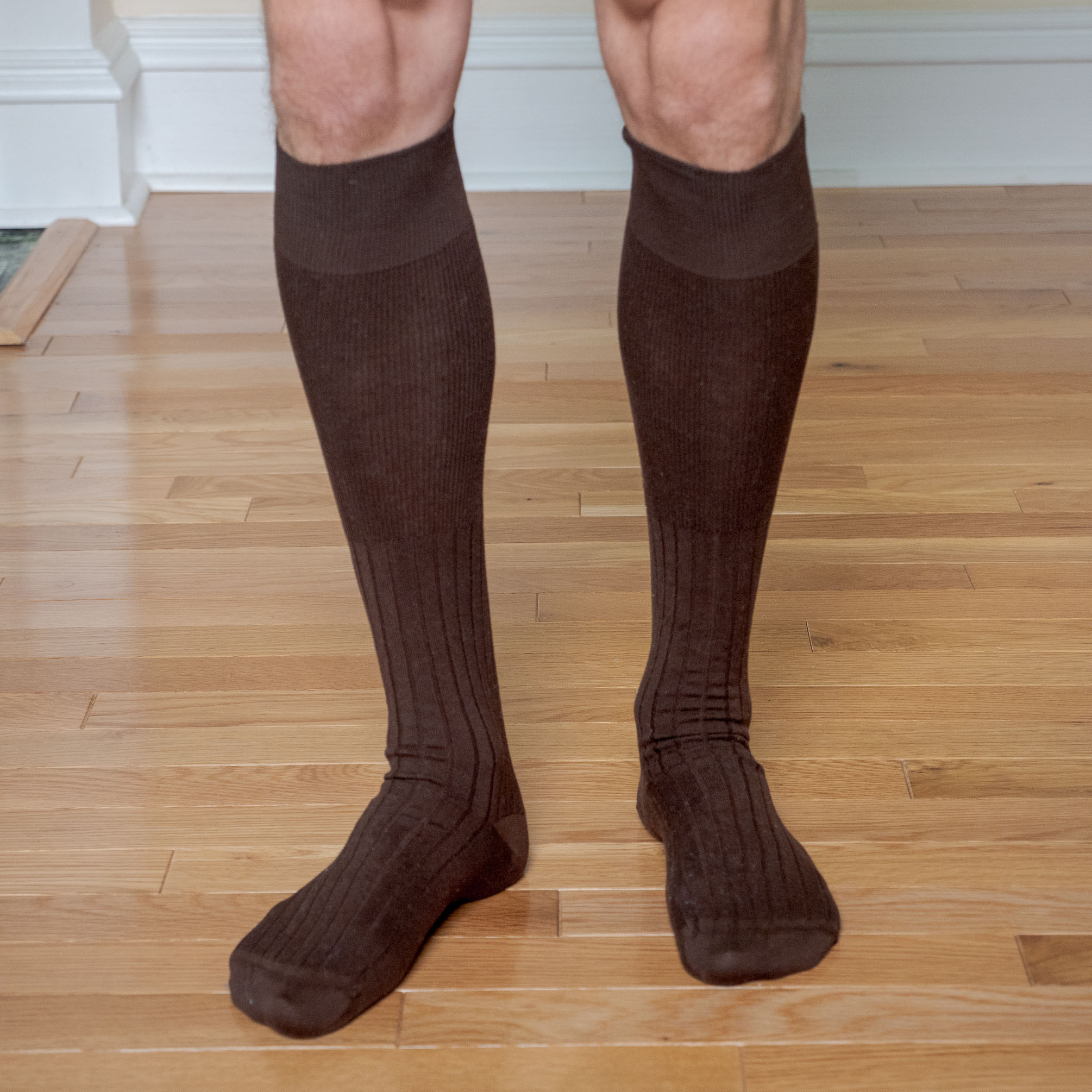
They hit just below your knee, and the round, tapered shape of your calf prevents these socks from sagging with ever step.
When shopping for over the calf socks, consider what kind of shoes and outfits you'll be wearing them with.
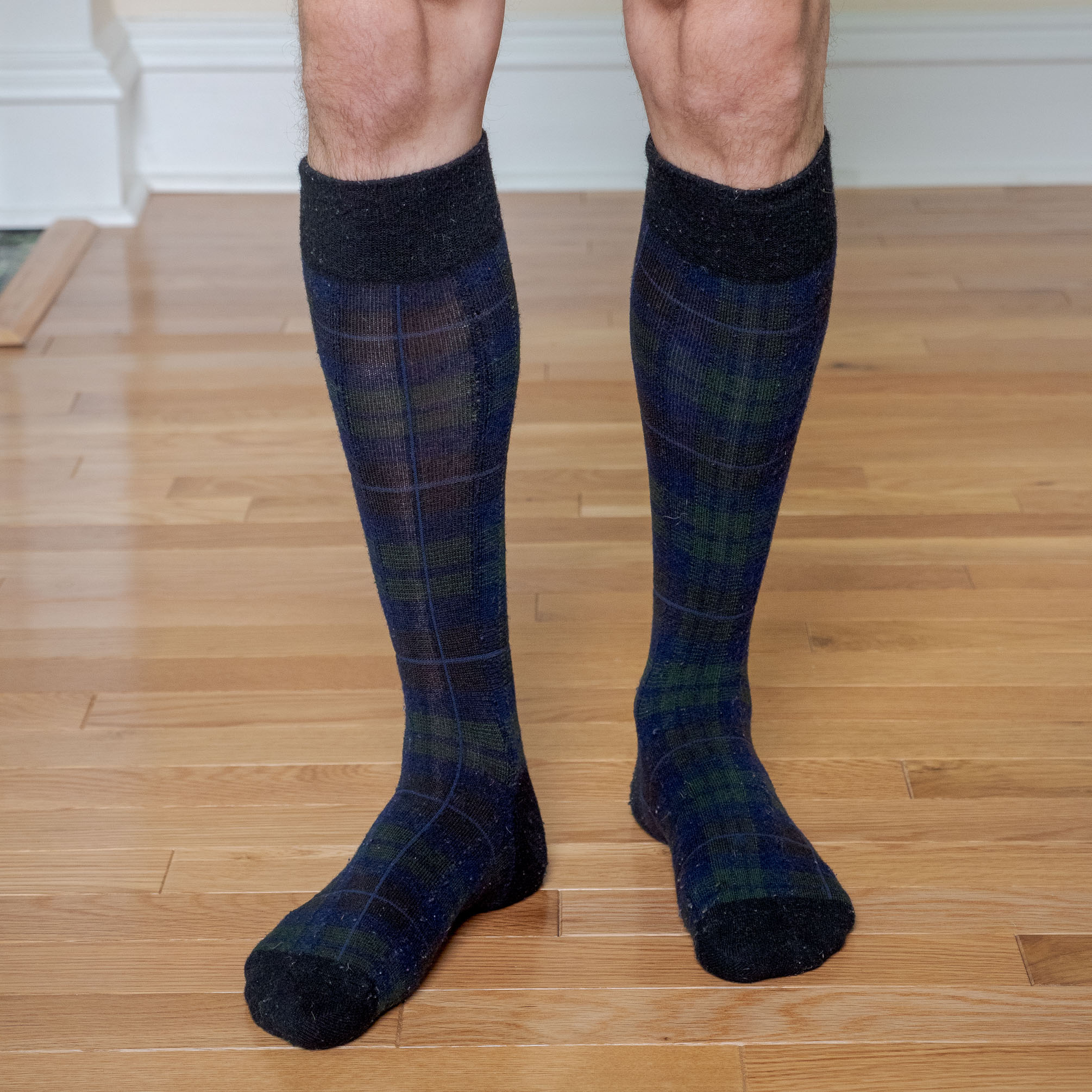
If you plan on wearing them with Oxfords and suits in the summertime, you'll want thin, breathable OTC socks made from fine, dressy material (like lightweight wool, cotton or silk).
If you're going to wear them with boots in the winter, go with a thicker wool for extra warmth.
Cushion vs. No Cushion
Sometimes you need a little extra support between your foot and your shoe. Or maybe your shoes are just a tiny bit too loose, and you want to add some extra padding.
In this case, look for socks with a bit of cushion through the heel and ball of your foot.
I actually prefer thicker socks during fall and winter when I'm wearing boots. I find that the extra warmth and padding is simply more comfortable.
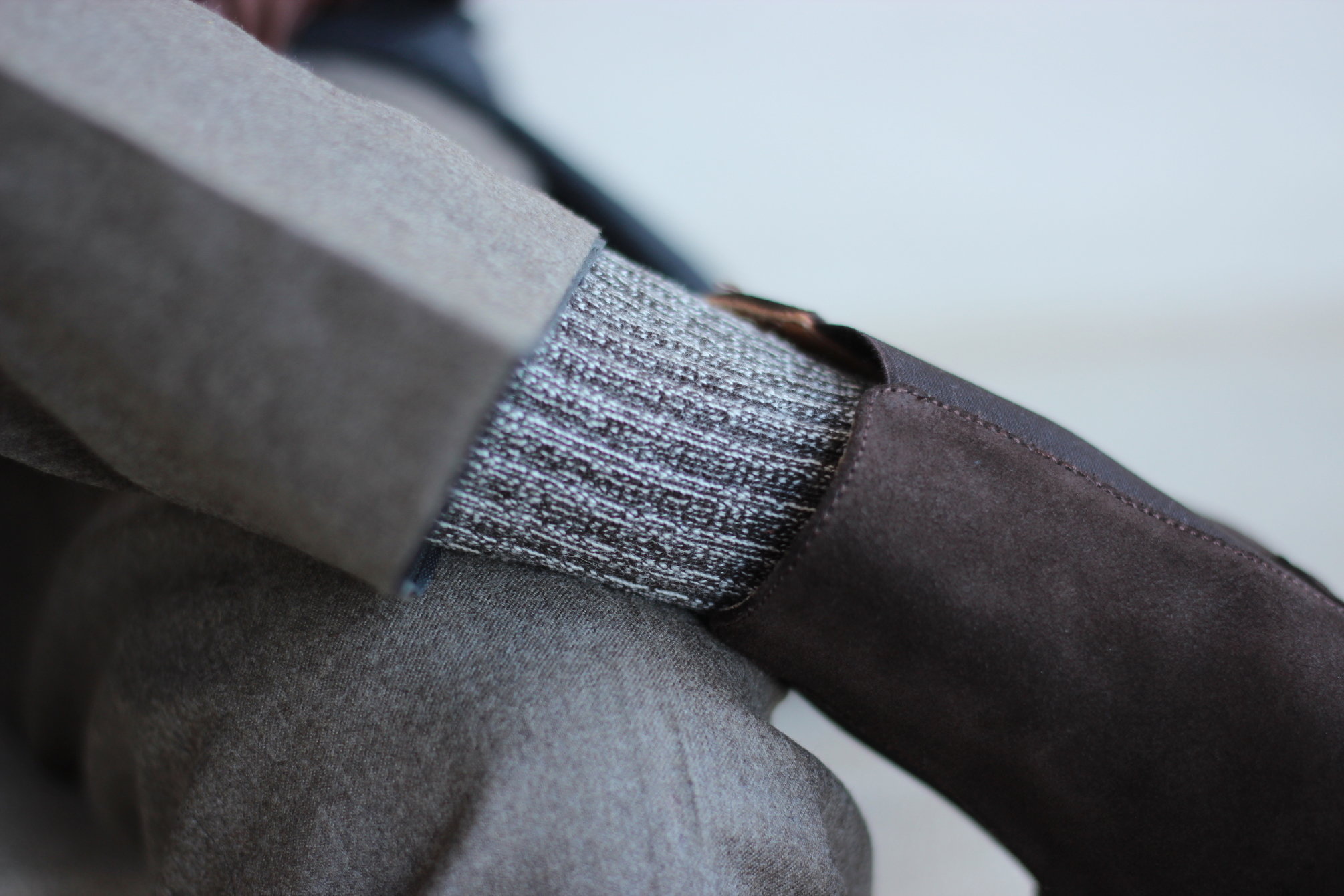
Many sock manufacturers make socks with different levels of cushion, everything from no cushion to heavy cushion.
My go-to pair for boots is from Smartwool. I've found their medium cushion wool socks to be some of the most comfortable and durable cold weather socks on the market.
Darn Tough also makes great socks with plenty of cushion that are perfect for cold weather and wearing with boots (especially if they don't fit snugly enough).
A Quick Overview of Sock Fabrics
Along with the ubiquitous 100% cotton socks, you're going to see a lot of fabric blends these days (e.g., cotton-polyester or wool-cashmere).
Not to mention, more and more fabric manufacturers and clothing brands are making their own performance fabrics, which are usually natural-synthetic blends or even 100% synthetic.
So be sure to check the actual material composition of any socks you're buying, either on the product packaging or the product page online.
Here's a quick overview of the different types of fabrics used to make socks, along with their properties:
Cotton
- Strong but soft
- Retains heat
- Stretches easily
Cotton is often blended with synthetic fibers for better performance and durability.
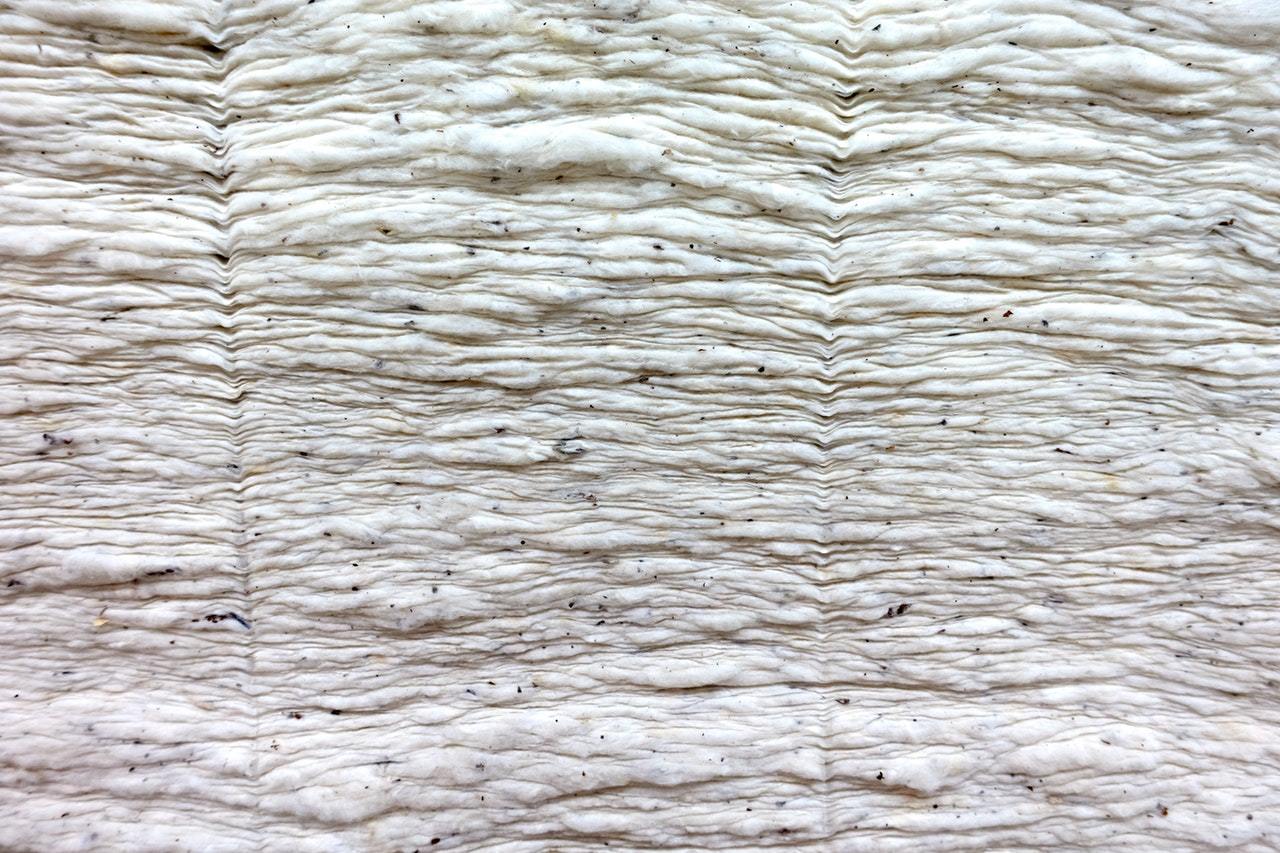
100% cotton socks are good for casual wear or dressy outfits, but don't rely of them for performance wear (like working out).
Wool
- Wrinkle resistant
- Stretchy but durable (holds shape)
- Absorbs moisture and odor
Wool is nature's performance fabric. It's an amazing natural fiber than can absorb moisture and odor, keep you cool or warm, and hold its shape after many washes.
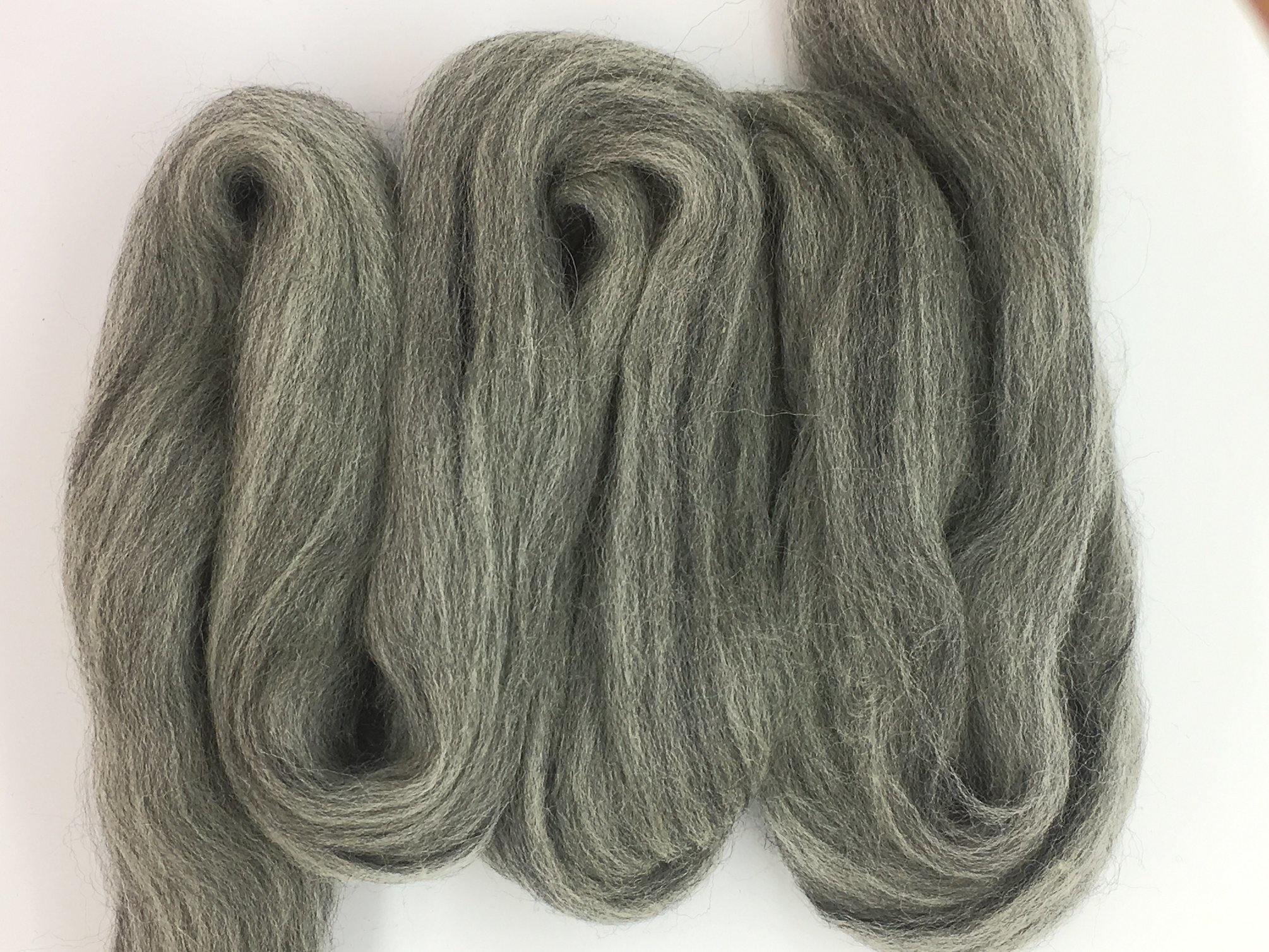
For these reasons, wool socks are ideal for hiking (especially if you want to pack light, as you can wear the same socks multiple times without washing – just let them dry and air out).
Bamboo Rayon
- Breathable and silky
- Hypoallergenic and antimicrobial
- More durable than cotton
Bamboo is one of the fastest growing plants on earth, and its fibers are becoming an extremely popular material for apparel, including socks.
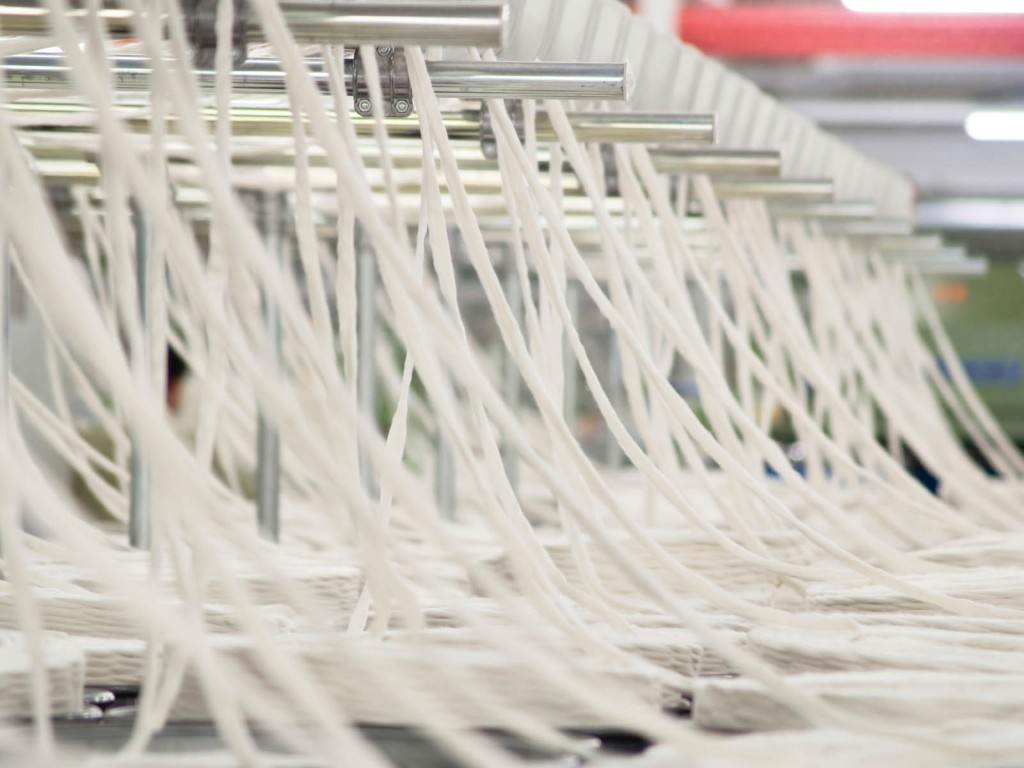
Note that "bamboo socks" aren't made from 100% bamboo. They're actually made from rayon, a "manufactured fiber made from regenerated cellulose fiber" (according to Wikipedia).
Doesn't quite have the same ring to it as bamboo socks, does it?
The point is, rayon can be made with other sources of cellulose, but bamboo is an increasingly popular option due to its soft, durable feel and its hypoallergenic and antimicrobial properties.
Modal
- Strong and stable
- Soft like cotton
- Durable
Modal, especially Micro-Modal, is a type of rayon – usually derived from beech trees – that's just as soft (or softer) than cotton, but that out performs cotton in many ways.
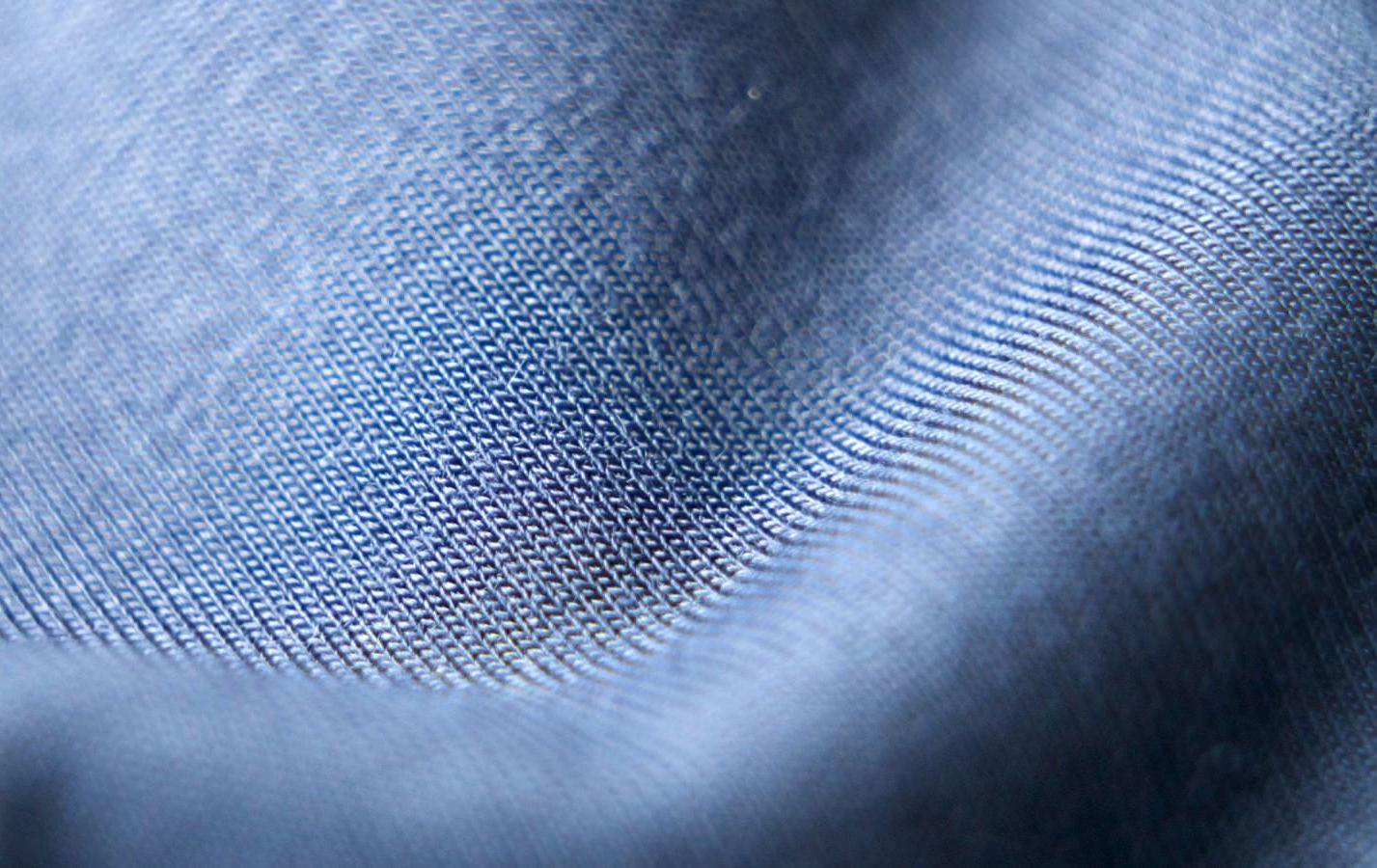
Modal is more resistant to shrinking in the washer/dryer, and it has built in moisture wicking properties.
Micro-Modal is an excellent, luxurious material for underwear, undershirts and, of course, socks.
I especially love Modal no show socks.
Silk
- Strong natural fiber
- Light and elastic
- Sweat sensitive
Silk is a luxurious natural fiber that can be very comfortable against your skin, but it should be avoided at all cost in the heat (or if your feet tend to sweat).
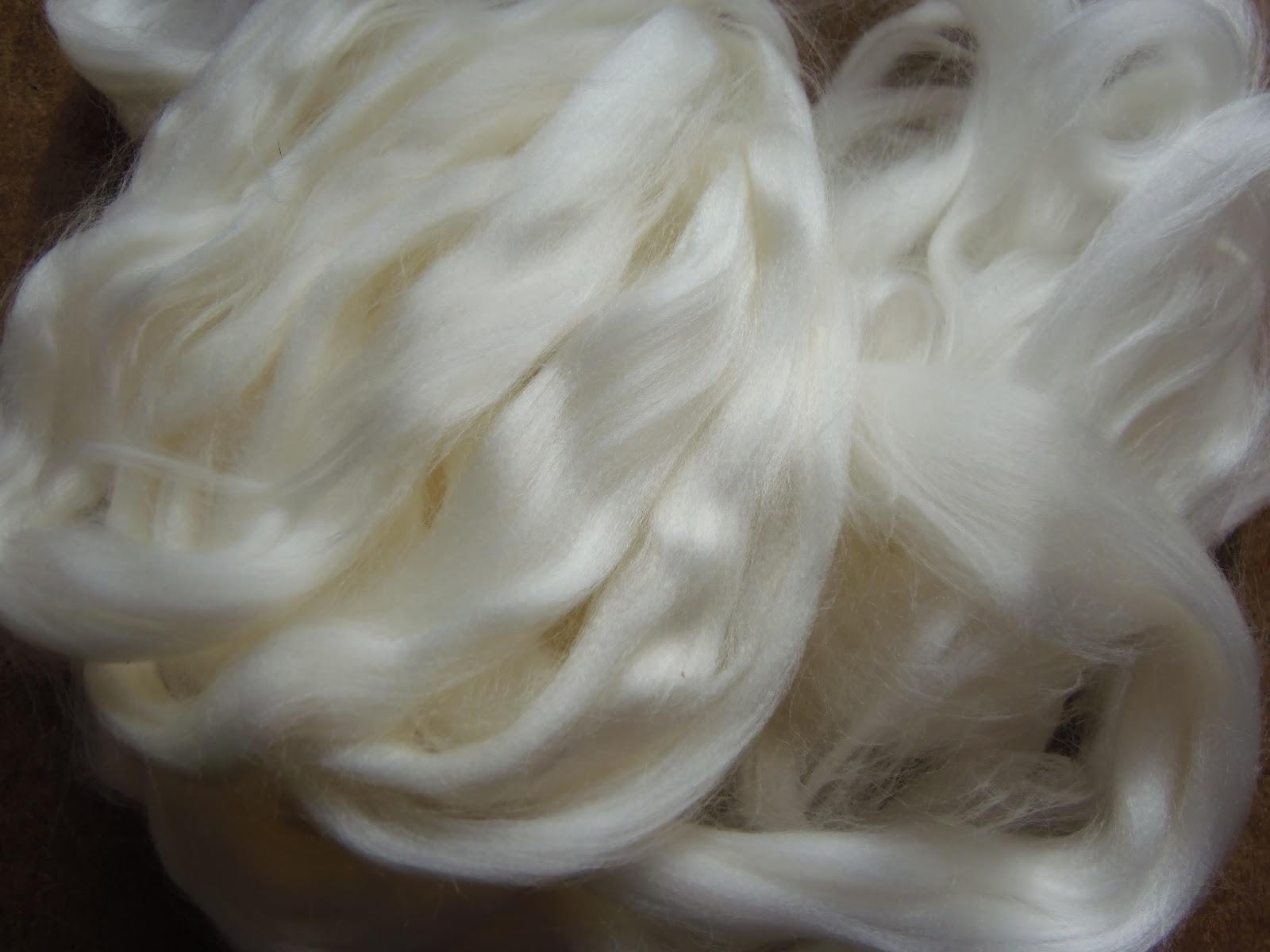
The vast majority of people will never (and probably should never) wear 100% silk socks. They just don't make sense compared to other materials.
Alpaca
- Lightweight and soft
- Water resistant
- Extremely insulating
Alpaca wool is like sheep wool on steroids. Soft and lightweight like cashmere, alpaca wool is naturally water resistant and wrinkle resistant.
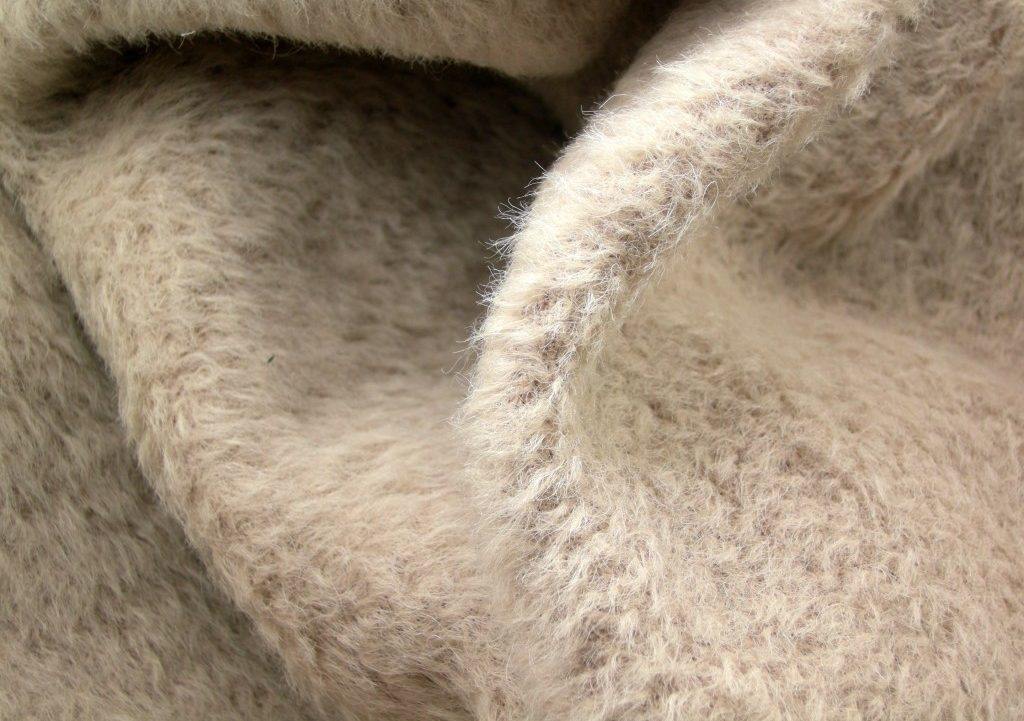
It's also great for cold weather, as alpaca wool is actually warmer than, say, Merino wool.
This stuff is expensive, but many people swear by it. I personally own one pair of alpaca socks that are perfect for winter (with boots) and have lasted for several years.
Cashmere
- Luxuriously soft
- Lightweight
- Naturally insulating
If wool had a handsome, rich older brother who only flies first class and hasn't bought his own groceries in years, his name would be Cashmere.
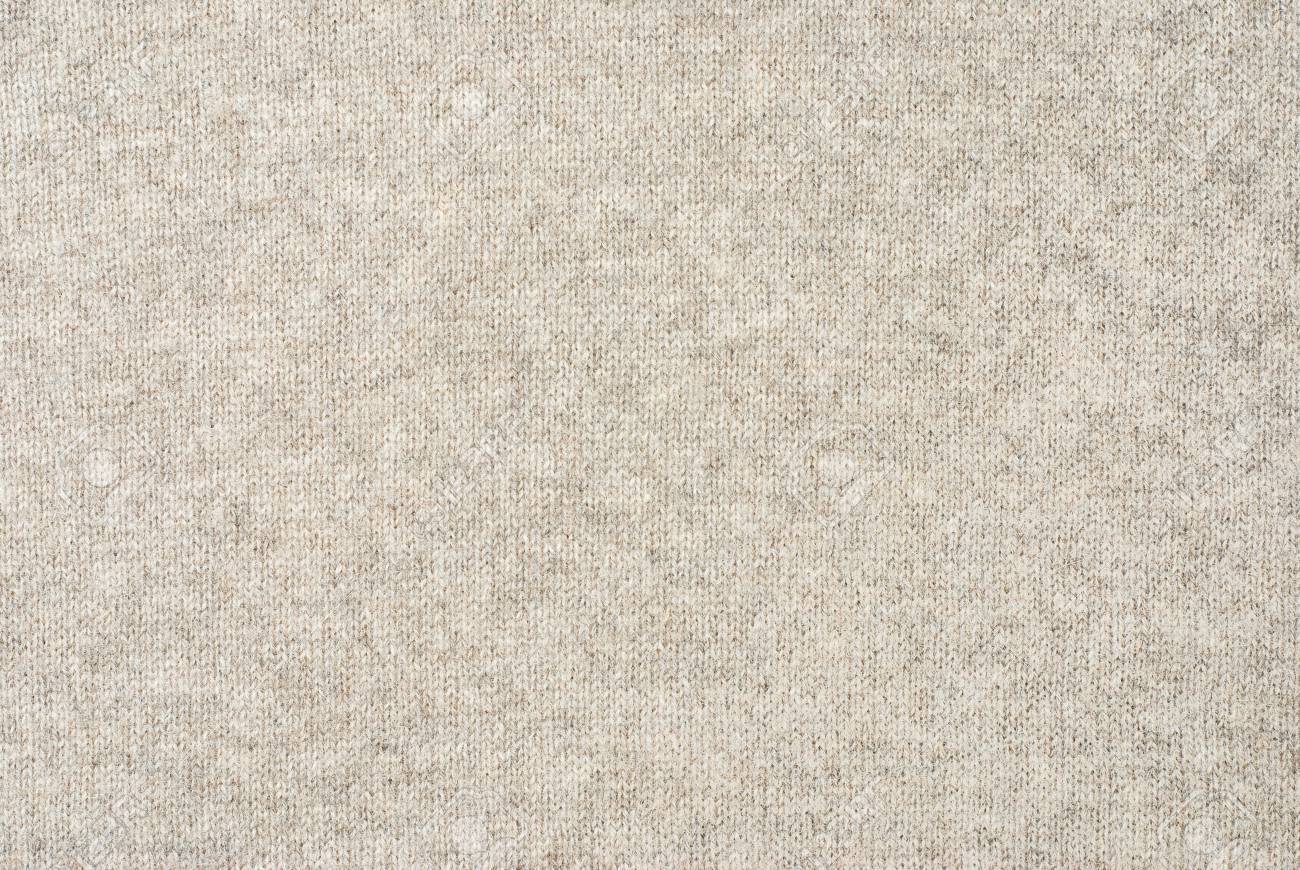
Made from soft Cashmere goat hair, this luxurious material is super soft, lightweight and insulating.
It's perfect for crew length or over the calf dress socks during the cooler season, or anytime you just want to spoil your toes a bit.
Polyester
- Retains dye
- Dries quickly
- Not breathable
Polyester is a petroleum-based synthetic fiber that's often blended with natural fibers like cotton in order to harness its specific properties in smaller concentrations.
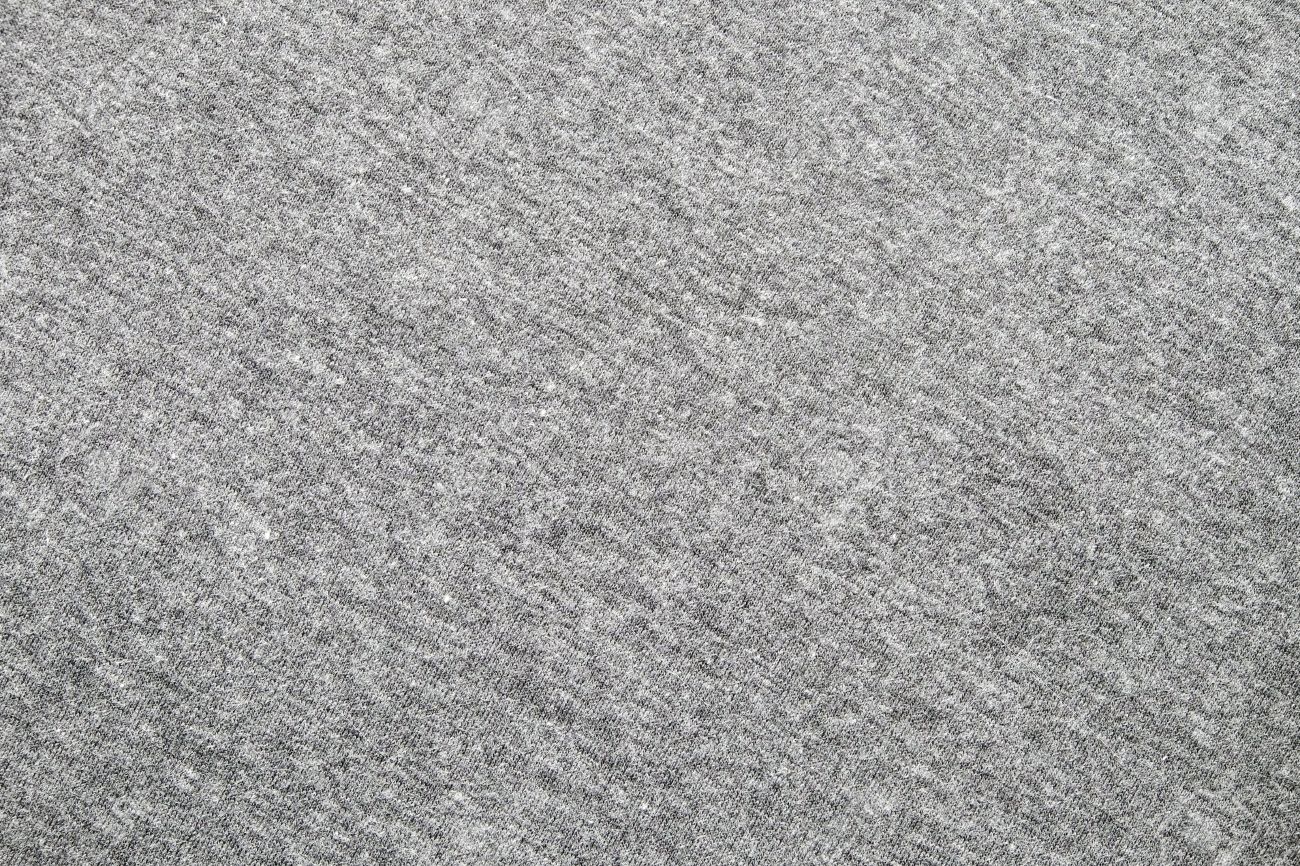
For example, a little bit of polyester will help keep you colorful socks vibrant for a long time. It will also help your socks dry more quickly (compared to 100% cotton).
But you probably wouldn't want to wear 100% polyester socks. They wouldn't be breathable or feel as comfy as most of the other materials available these days.
Best Types of Socks For…
In any situation, there's going to be a combination of length, material and cushioning that works best.
For example, if you're going skiing, you probably want to wear cushioned wool crew socks.
If you're wearing boat shoes to a backyard barbecue, you probably want to wear cotton no show socks (or maybe even no socks at all).
If you're going to a job interview in a suit and tie, fine cotton over the calf socks with no cushioning are your best choice.
Choosing the best socks is somewhat subjective. For example, some people will want more ankle when hiking. Some prefer more cushion when working out.
Here are a few excellent options for common scenarios:
- Hiking – Smartwool Men's PhD Outdoor Light Mini Socks
- Summer (with loafers/
sneakers ) – Falke Invisible Step (premium), Thirty48 No Shows (affordable) - Winter (with boots) – Darn Tough Hiker Boot Soccks
- With sandals – you could…
- With dress shoes – Boardroom Over-the-Calf Socks (premium), Gold Toe Metropolitan 3-Pack (affordable)
- Running – Asics Quick Lyte Cushion Single Tab
- Shoveling snow – Warrior Alpaca Socks
Those are some great options, including many of my personal favorite sock brands, but keep experimenting until you figure out what works best for you.
Questions About Socks
Here are answers to some of the most frequently asked questions about socks:
What are the different types of socks called?
Socks are typically named for their height or after an activity. The most popular socks include: running socks, boot socks, crew socks, ankle socks, dress socks and no show socks.
What are very short socks called?
Ultra short invisible socks are called no show socks or loafer socks. Short (but not invisible) socks are called ankle socks.
What are calf high socks called?
Calf high socks are called crew socks. Socks that go all the way to the top of your calf are called over the calf socks.
What is the most popular sock length?
Crew length socks are the most popular sock length. These go up to around mid-calf.
Closing Thoughts
I hope this socks guide helps you know which types of socks to wear for any situation.
Remember, it's not just about sock length, but also about fabric and cushioning.
If you have any questions or recommendations for great sock brands, please leave a comment below!
What Socks to Wesr When Showing Ankle
Source: https://www.themodestman.com/types-of-socks/
0 Response to "What Socks to Wesr When Showing Ankle"
Post a Comment